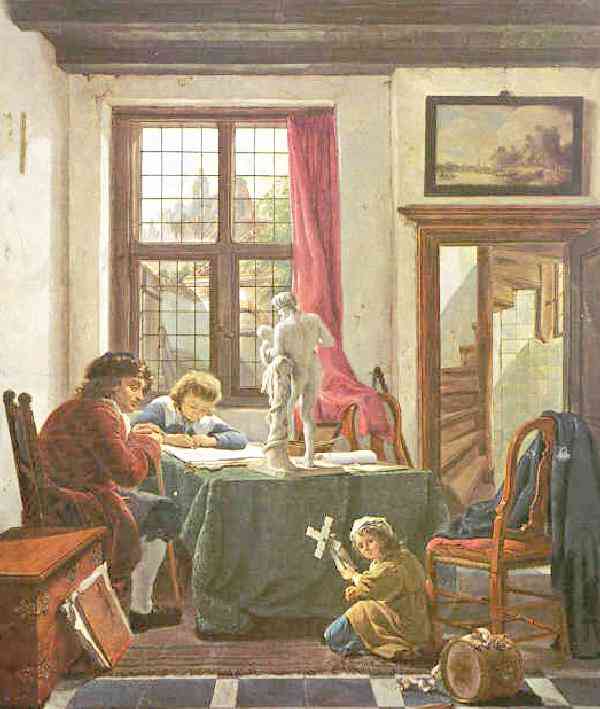
Figure 1.-- is "The Drawing Leson" showing a yoing boy being tutored at home which his younger sibling plays. I'm not sure yet about the precise date, but it looks like the late 18th century.


Figure 1.-- is "The Drawing Leson" showing a yoing boy being tutored at home which his younger sibling plays. I'm not sure yet about the precise date, but it looks like the late 18th century. |
We note that Abraham van Strij was active in the Netherlands during the late 18th and early 19h century. We know nothing about him at this time, other than we know he did some genre scenes. One example is "The Drawing Leson" showing a young boy being tutored at home which his younger sibling plays.
Abraham van Strij was born in Dordrecht in the Netherlands during 1753, as was his younger brother Jacob (1756-1815), who also was a painter. The Dordrecht Museum has more than 200 paintings, drawings and watercolors by the brothers.
Both brothers were influenced by earlier Dutch painters like Albert Cuyp, Pieter de Hooch, Jacob van Ruysdael, and Paulus Potter. Potter painted his famous bull, while Abraham van Strij created a beautiful cow in more or less the same settings.
An exhibition in Dordrecht was called : "In helder licht", that means "In
clear light". Abraham van Strij was noted for painting sunny, light scenes. He was a master in working with light. Of course, Rembrandt was the greatest, but his paintings cannot be called sunny. Van Strij is not one of the most popular Dutch artists. Some people think the Van Strij's paintings are somewhat dull and boring. We do not think that this is the case.
The boy is sitting at the table in the living room of hist parents' home. They seem to be upper-class people. Look at the painting on the wall. It suggests a landscape by Salomon van Ruysdael. The style of this painting is still 17th century, but it shows elements of
the 18th and early 19th centuries. The light coming through the window and on
the stairway is an example. The Old Masters would let the light come from one side. Van Strij is spreading it. It was common for Dutch children to get private drawing lessons, like children in the 19th century would get piano lessons. This painting shows that the ideas of Locke and Rousseau were taking hold. The older boy has to pay serious attention to the drawing, while the younger child is free to play. The second child is also a boy playing with a windmill. He is wearing a long dress that was common for little boys and girls around 1800. The beret and the yellow coat look very uncomfortable for a child that age. Things changed slowly.
Navigate the Boys' Historical Clothing Artists pages:
[Return to Main Artists S-Z page]
[Return to Main 17th century page]
[Return to Main Dutch art page]
[Return to Main Dutch page]
[Chronology]
[Countries]
[Individuals]
[Styles]
Navigate the Boys' Historical Clothing Web Site:
[Introduction]
[Activities]
[Biographies]
[Chronology]
[Clothing styles]
[Countries]
[Bibliographies]
[Contributions]
[FAQs]
[Glossaries]
[Satellite sites]
[Tools]
[Boys' Clothing Home]
